The colorful new electric scooter speeds past previous model
If you plan to move to Taiwan any time soon then you are in luck, as Taiwanese company Gogoro is rolling out an all-new electric scooter called the Gogoro 2 Smartscooter.
However, instead of the previous futuristic look, the company brought to CES 2015, Gogoro is trying to put a modern spin on the classic scooter look with the Gogoro 2.
The company will start selling the new scooter this summer in Taiwan, and it says it will be available ‘in other markets by the end of 2017.’ It will cost $38,800 (local currency) ($1,295) and comes in six colors – white, grey, orange, blue, yellow, and red.
What’s interesting about that price tag is that the Gogoro 2 matches its predecessor almost exactly on performance, thanks to a new and more efficient 6.4kW motor.
It can go 0-50km/hr in 4.3sec, has a top speed of 90km/hr (about 55mph), and a 110km range (about 68 miles) – all nearly identical to the first Smartscooter’s benchmarks, Gogoro sells a more performance-minded version of the original called the Gogoro S.
In addition, the company have also updated a lot of other features on the scooter. It’s launching with a revamped version of the scooter’s mobile app, supports biometric security technology (including TouchID), has a full-color LED panel between the handlebars now, and comes with a brighter LED headlamp. It also has more storage and can accommodate a passenger this time around.
The new Smartscooter is powered by the same swappable batteries that helped the company stand out in the first place. But while they’re more slick and convenient than plug-in charging, it also might be what’s holding Gogoro back from expanding into other countries (beyond just scooter sharing).
Infrastructure is expensive, and requires a lot of cooperation from local governments. Plans to sell the scooters in Amsterdam, for instance, have been on hold since 2016.
There is some hope though, as Gogoro said it plans to add 500 more battery stations to the network of 350 that already exists in Taiwan. If it can prove out a way to rapidly build battery infrastructure, maybe Gogoro can become a new source of electric transportation around the world.

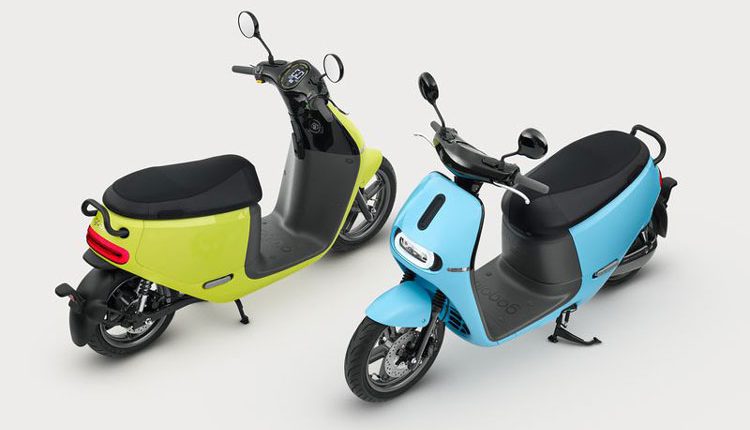
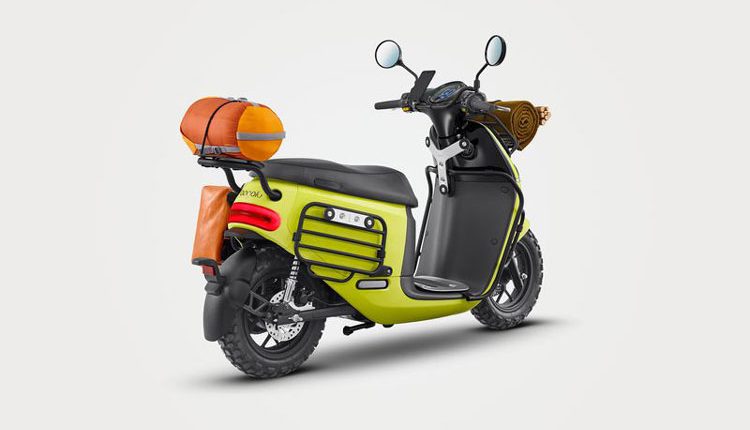
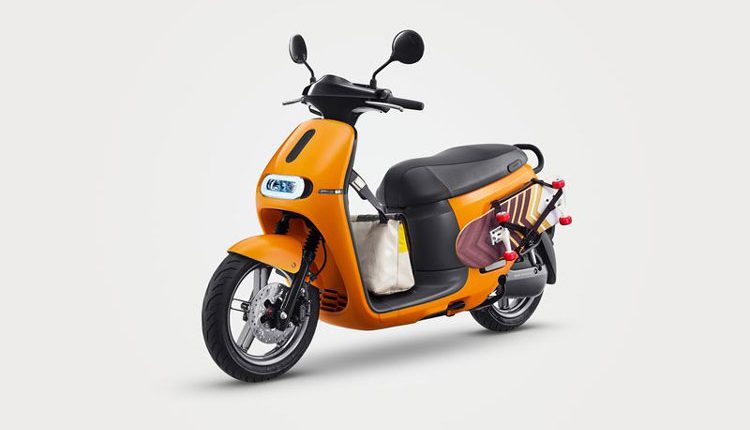
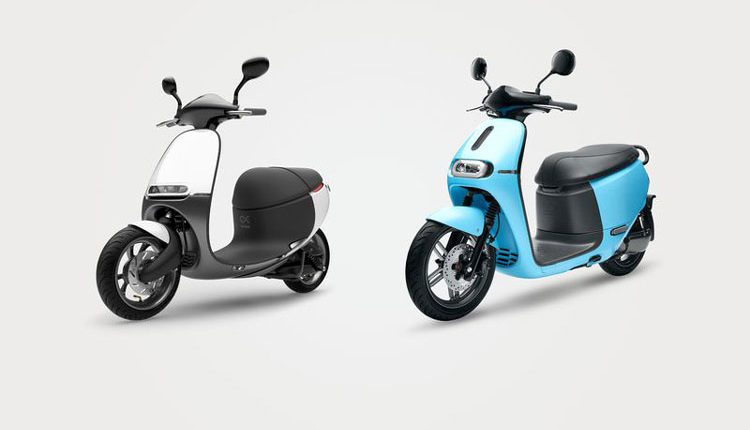
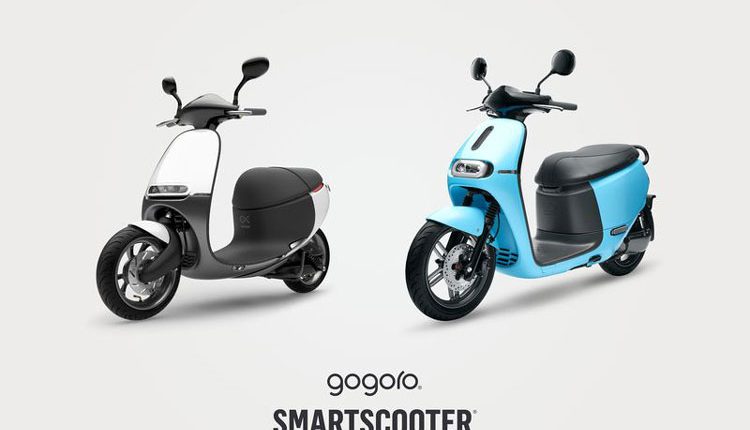
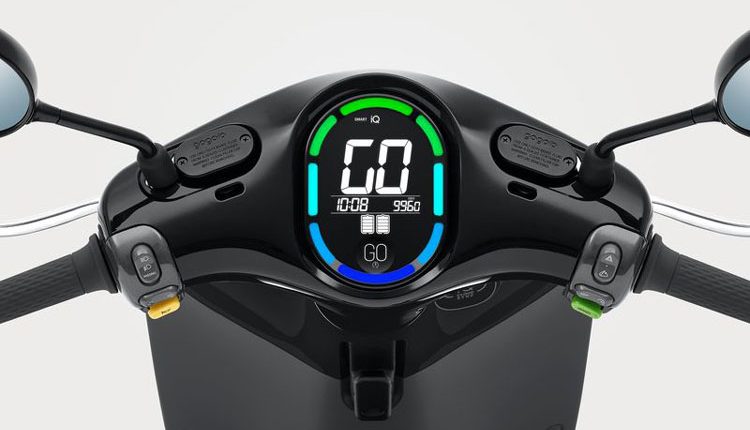
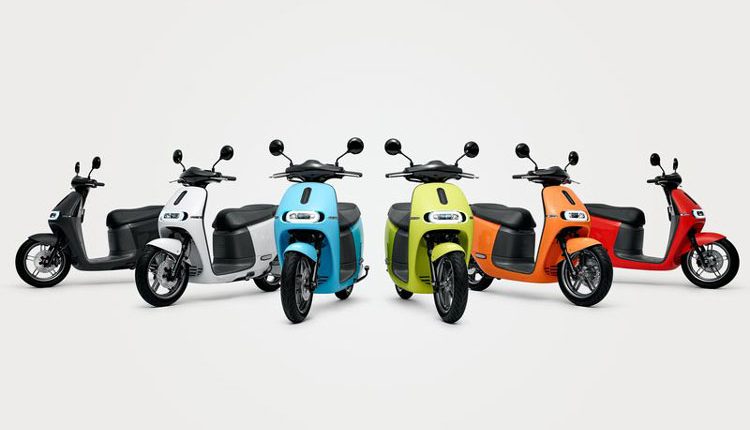
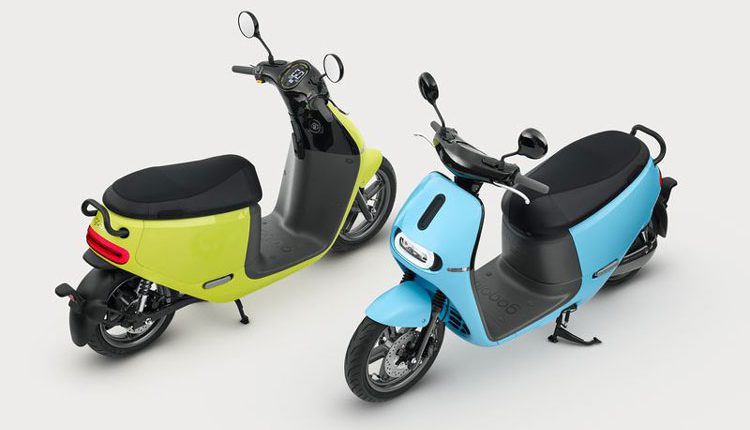
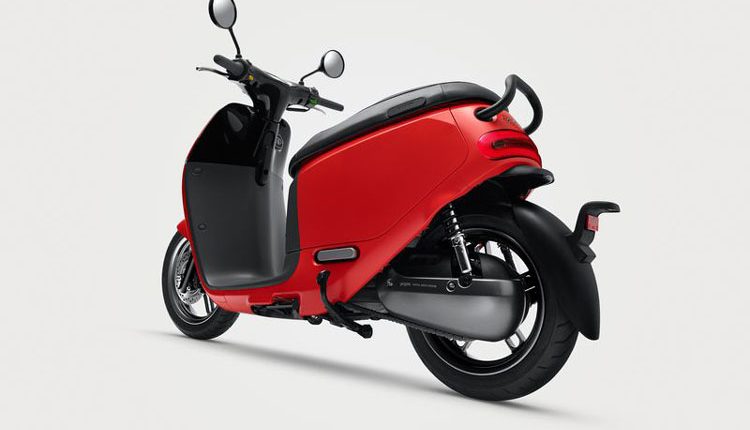
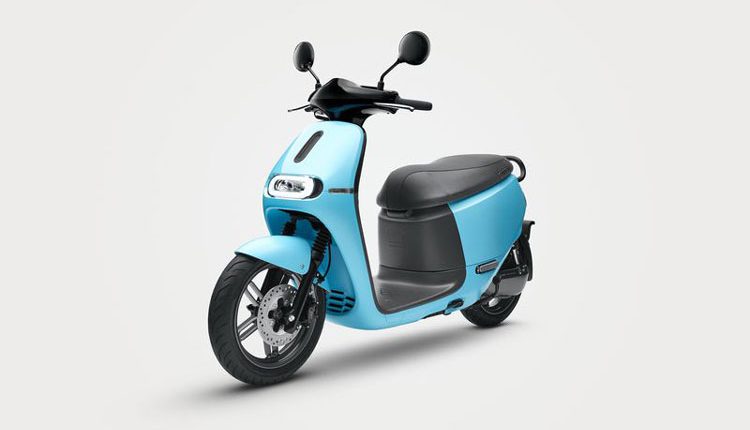
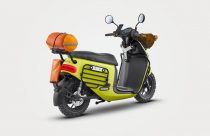
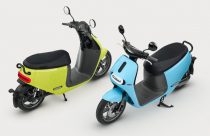
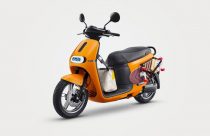
Comments are closed, but trackbacks and pingbacks are open.